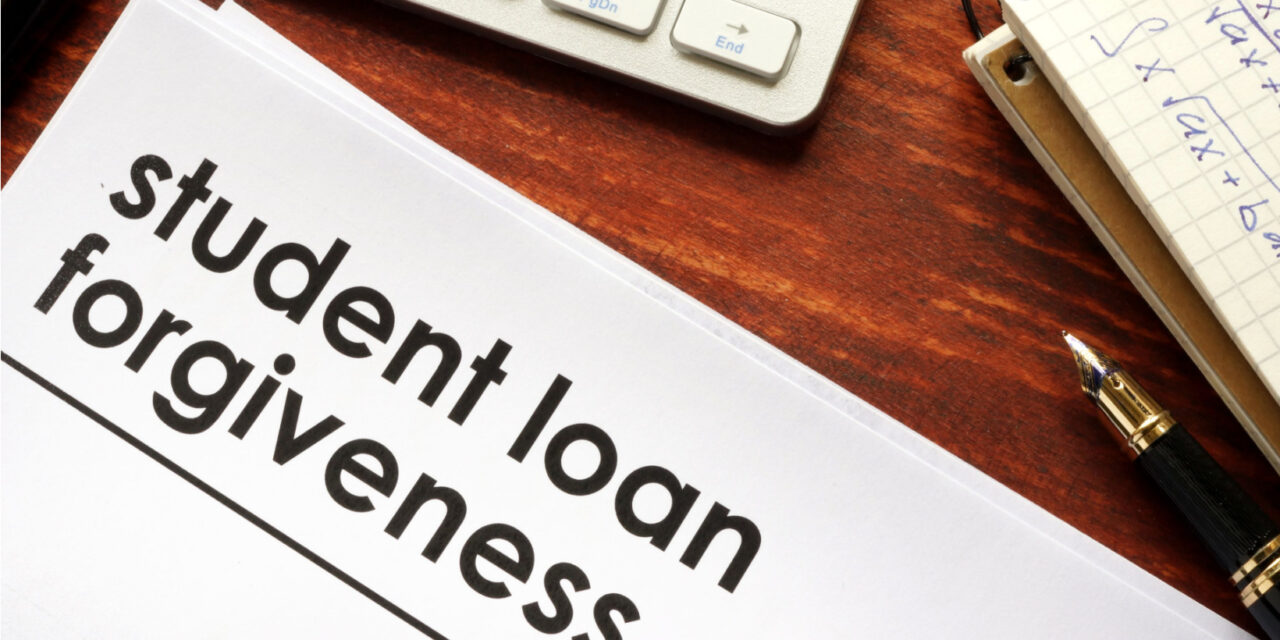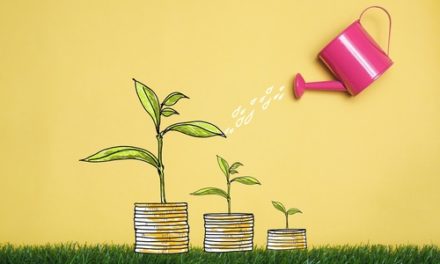
Taking Stock of Student Loan Forgiveness
Lost amid the political debate that followed President Biden’s Student Loan Forgiveness Program executive order is what it actually does in the way of lightening the burden of student debt.
To view the full article please register below:
Taking Stock of Student Loan Forgiveness
The politics of student loan forgiveness are polarized. However, lost amid the political debate that followed President Biden’s Student Loan Forgiveness Program executive order is what it actually does in the way of lightening the burden of student debt.
Key Highlights
- The pandemic-related pause on student loan repayments was extended to Dec. 31, 2022. Individuals will need to plan on resuming debt payments beginning in January 2023.
- $10,000 in student loan debt is eliminated for those making less than $125,000 per year ($250,000 for married couples filing jointly).
- Up to $20,000 in loans may be forgiven if the student received a Pell Grant during his or her college years and meets the above-cited income requirements.
- Creation of a new income-driven repayment plan reduces the required amount of discretionary income that borrowers would need to pay each month on their student loans from 10% to 5%. The executive order would also forgive loan balances of up to $12,000 after 10 years of payments from the current 20 years of payments.
- The amount of non-discretionary income would also be raised and therefore protected from repayment. This change guarantees that no borrower earning less than 225% of the federal poverty level will have to make a monthly payment.
- Under the new income-driven repayment plan, no borrower’s loan balance will grow due to unpaid monthly interest as long as they make their required monthly payment, even if that monthly payment is zero.
- Changes to the Public Service Loan Forgiveness (PSLF) program have been proposed to make it easier for borrowers working in public service to obtain loan forgiveness, as well as to expand PSLF deferment and forbearance qualifications to borrowers that join the Peace Corps, AmeriCorps, National Guard and the military.
- Increased oversight of colleges and universities by requesting improvement plans from schools with the worst debt levels.
- Private college loans are not eligible.
- Loan forgiveness will not count as taxable income.
Few details on how and when borrowers can claim relief are currently available, though specifics have been promised to come before year-end. The Department of Education (DOE), however, anticipates that nearly 8 million borrowers will receive relief automatically since relevant income data are already available on these borrowers. For those whom the DOE does not have income data, a short application will be available by early October.
Loan relief is expected to come within four to six weeks of application submission. The DOE advises that applications be submitted prior to Nov. 15 in order to receive relief before the payment pause expires on Dec. 31, 2022.
Please reference disclosures: https://blog.americanportfolios.com/disclosures/












